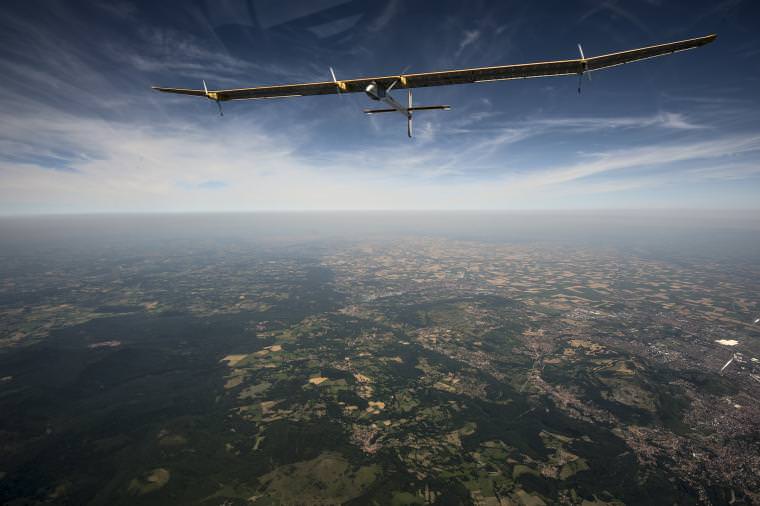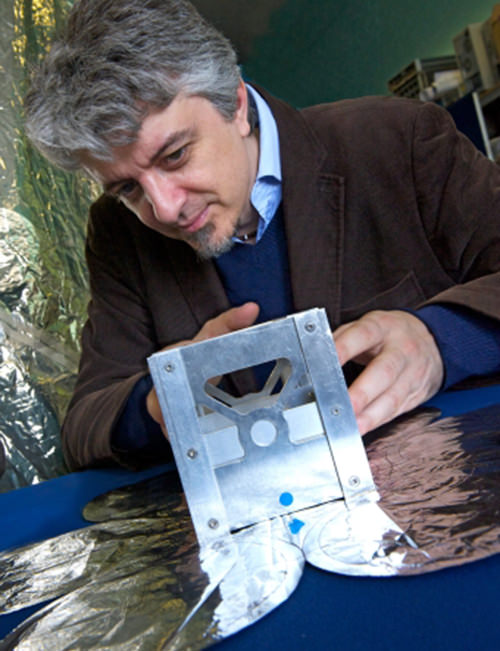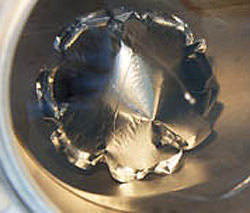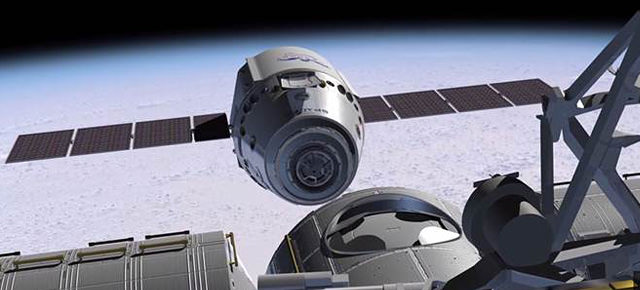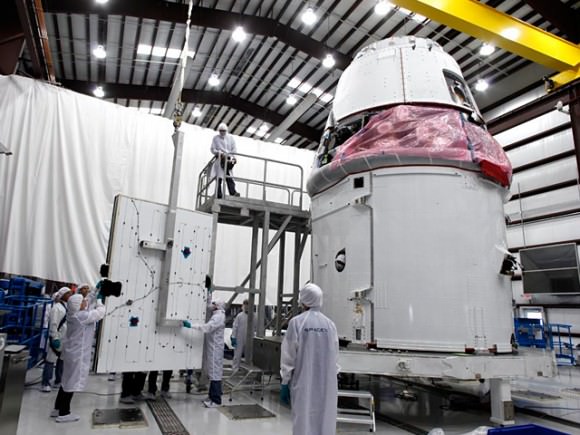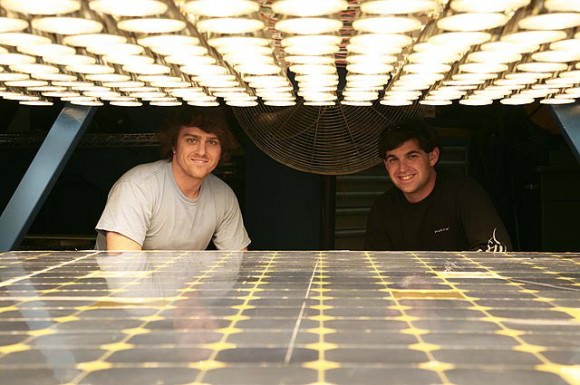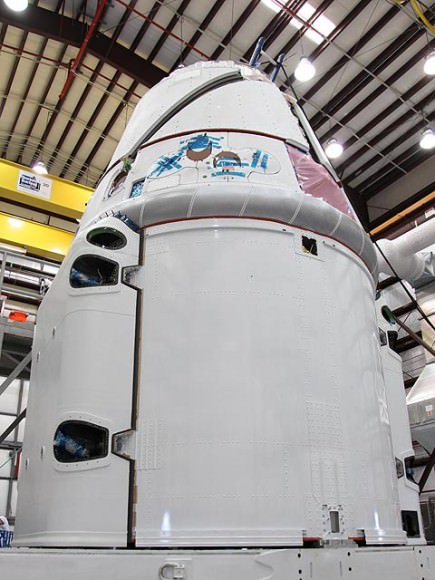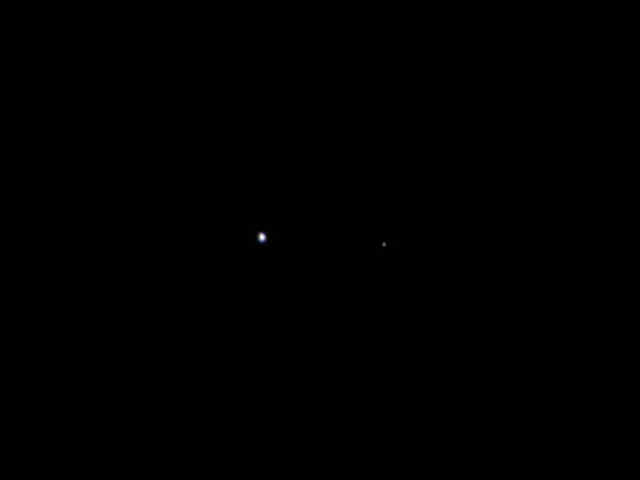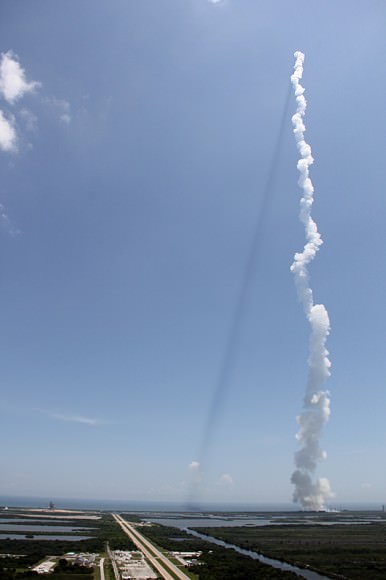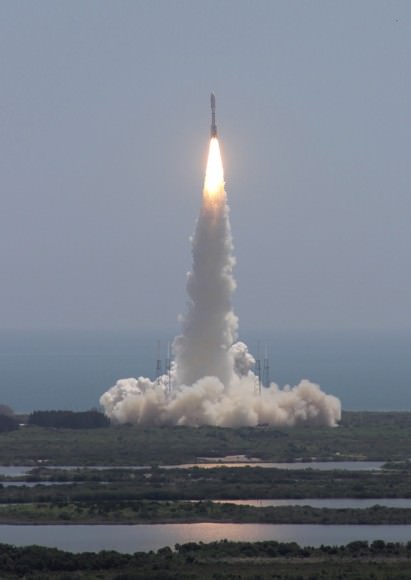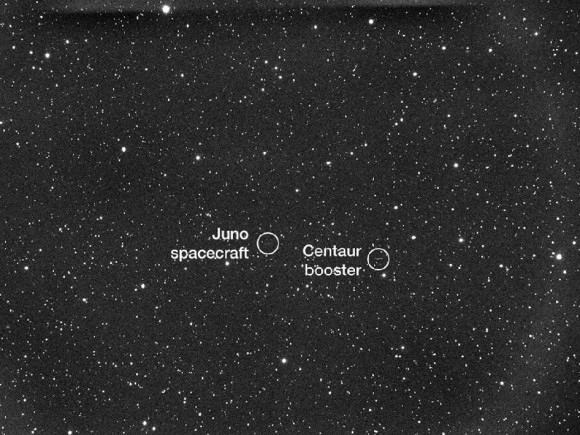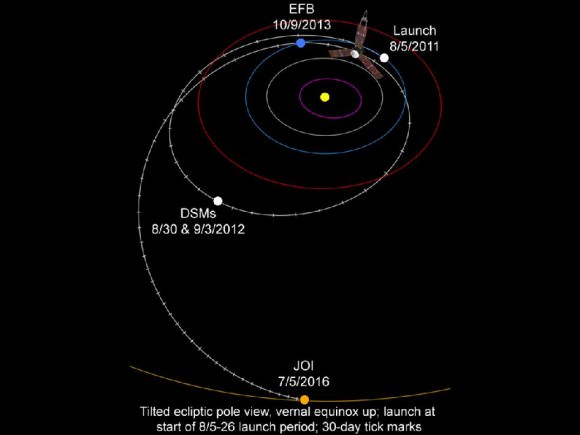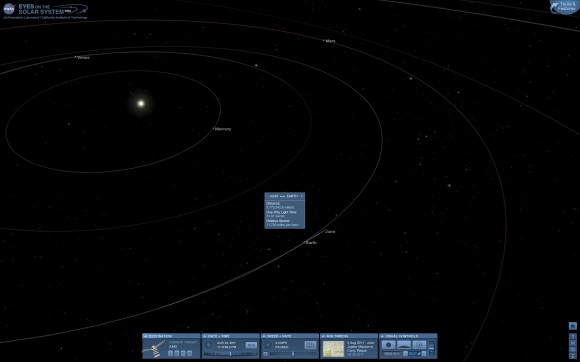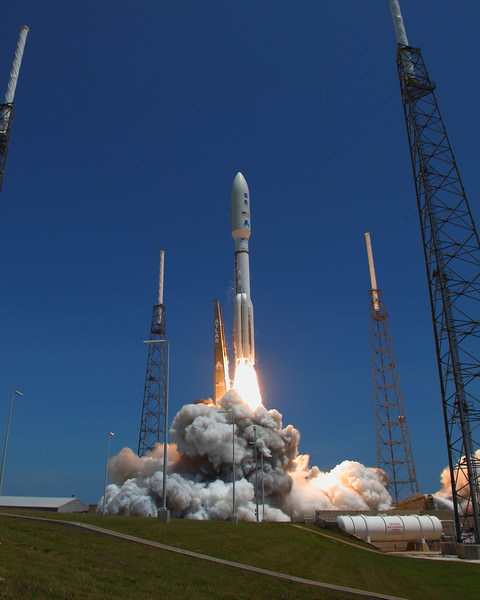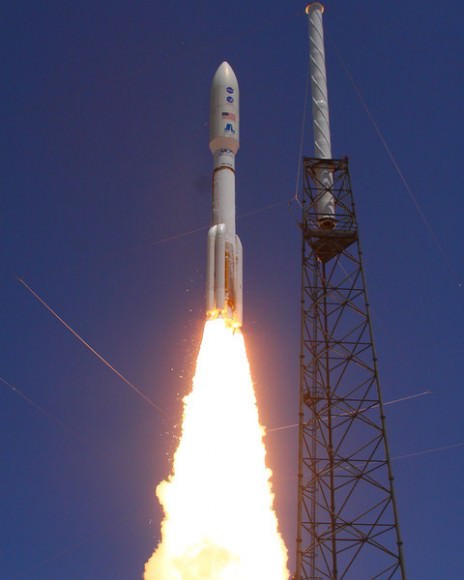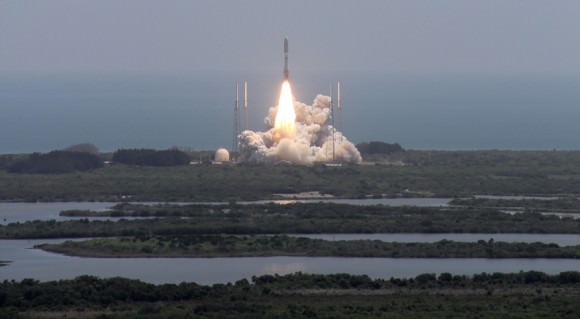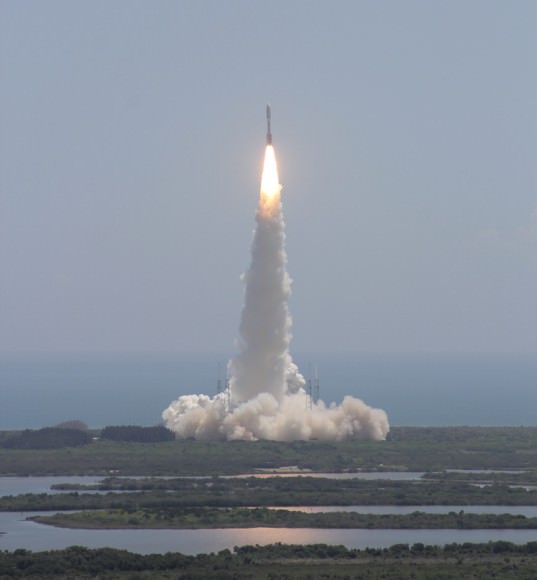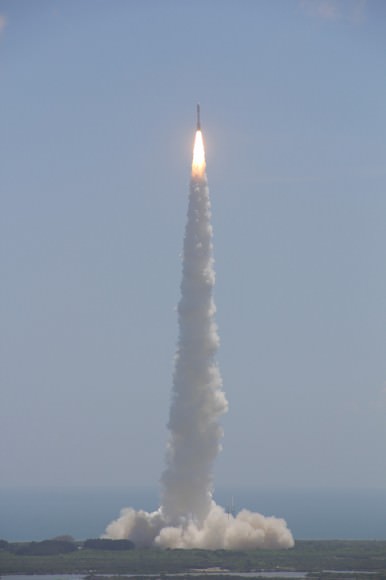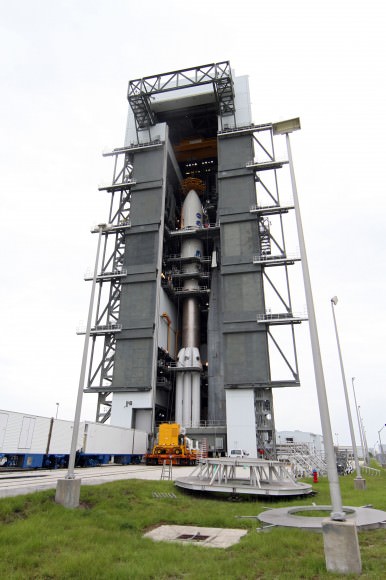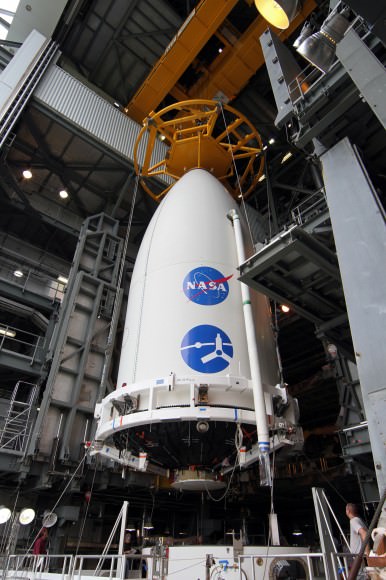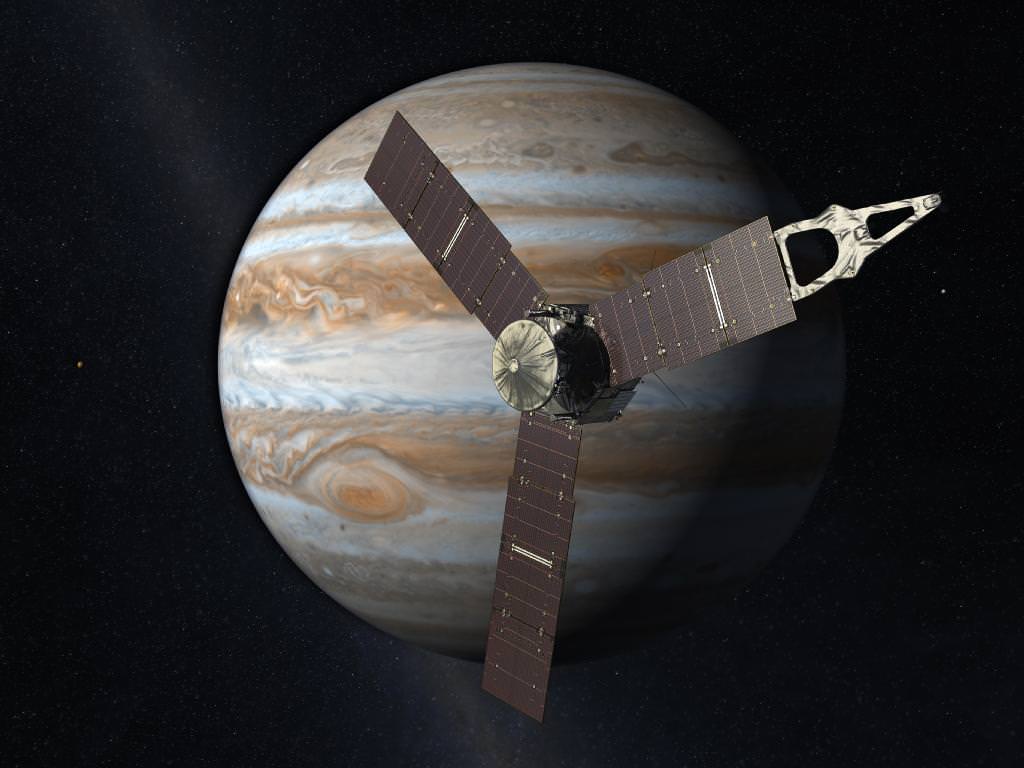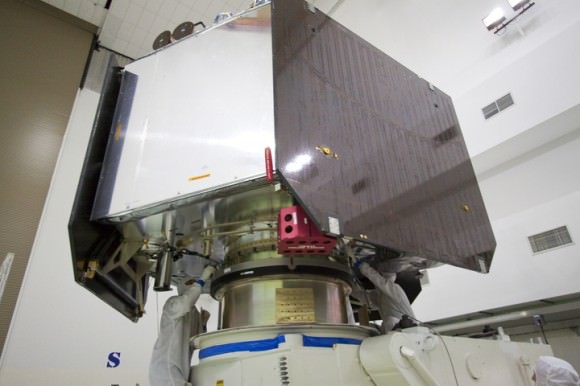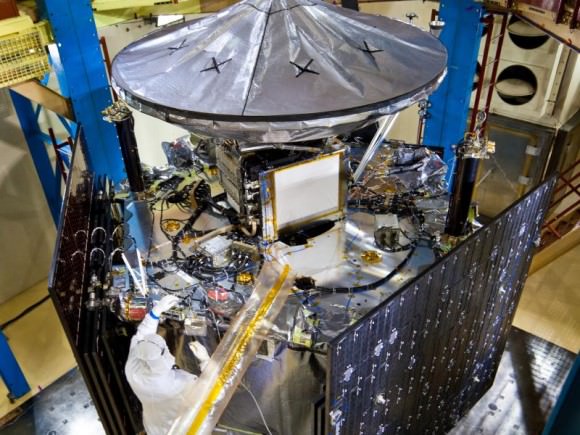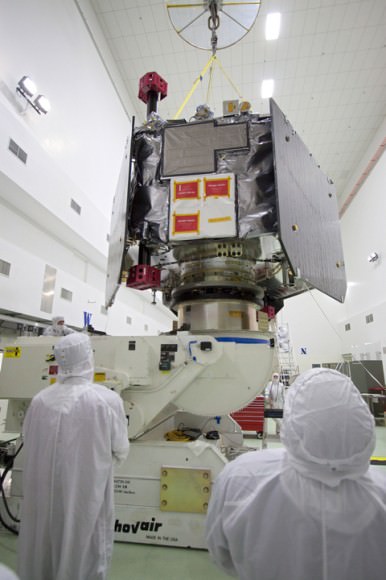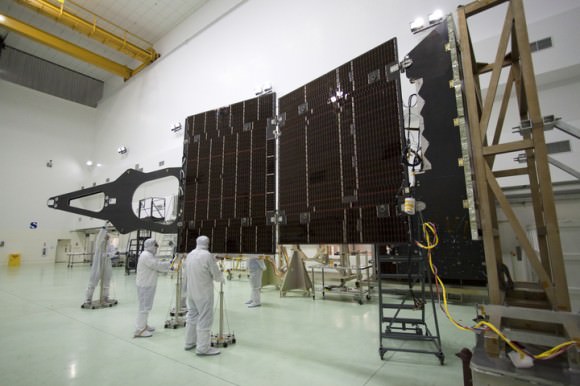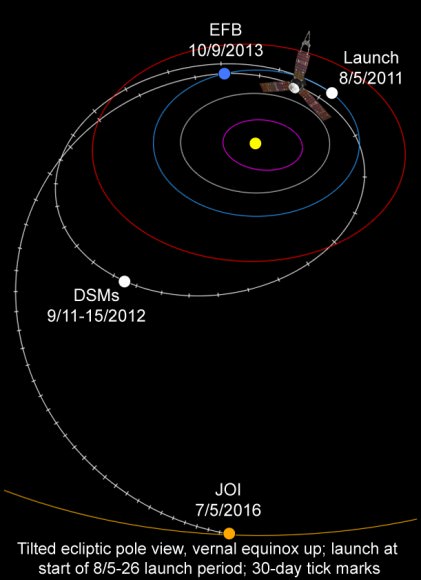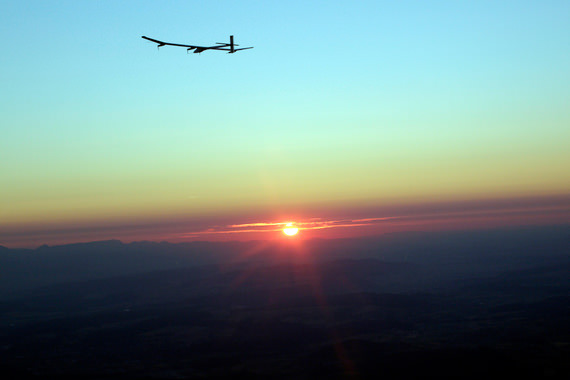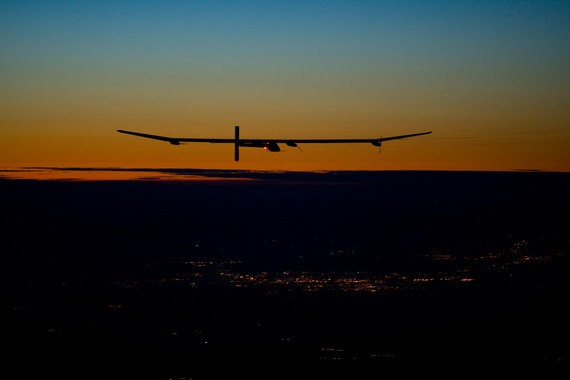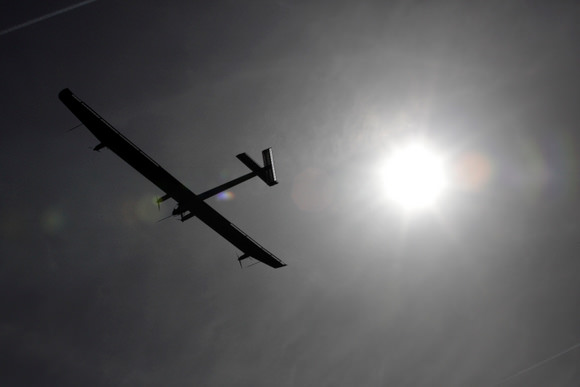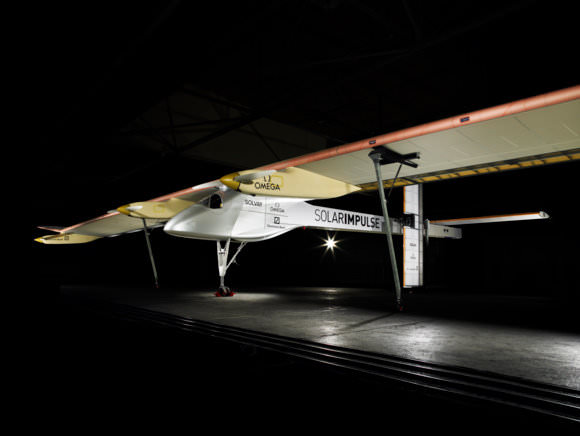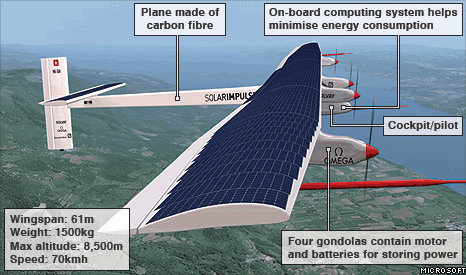Caption: The Solar Impulse airplane in flight during on July 24, 2012. Credit: Solar Impulse/ Jean Revillard
A unique airplane has just completed a 6,000 km journey, making the first solar-powered intercontinental round-trip air journey. Traveling between Europe and Africa, the Solar Impulse experimental solar airplane landed in Payerne, Switzerland at 08:30 pm local time on July 24, 2012. The trip began two months ago, on May 24 and so was not a test to see how fast it could make the trip, but to assess the endurance and reliability of the craft, as well as bringing awareness to more people of energy issues.
“The goal of this airplane is not just to go from one point to another, but to fly as long as we wish, promote renewable energy and ambitious energy policies,” said pilot Bertrand Piccard, founder of Solar Impulse, during one leg of the intercontinental flight. “All of these have been so successful.”
Solar Impulse flew the eight-leg trip from Payerne to Morocco and back again, with Piccard and André Borschberg taking turns in the single-seat cockpit. They flew Solar Impulse to Madrid, Spain; Rabat, Malta; Ouarzazate, Morocco; Toulouse, France and back to Payerne. The most challenging destination not only for this aircraft but for commercial ones as well was Ouarzazate, a region rich in turbulence and strong winds.
The plane flew during the day but often took off and landed at night to avoid areas of air turbulence called thermals. However, it was almost always brought back to the hangar with a full set of batteries, according to the team at Solar Impulse.
The Solar Impulse HB-SIA has 12,000 solar cells built into its 64.3-meter (193-foot) wings. It weighs 1,600 kg (3,500 lb), and is powered by four electric motors.
Originally built only to prove the possibility of flying day and night (it flew a 26-hour flight in 2010), the prototype airplane is now in the process of collecting a number of distance world records for solar aircrafts, such as straight distance, free distance and distance along a course. The teams hopes to be able to fly the aircraft around the world in a continuous flight.
“It’s been an extraordinary adventure not only for what we’ve achieved with this airplane, originally only designed to demonstrate the possibility of flying day and night with a purely solar energy, but also for what has resulted in a tightly fused team, confident in the project and in their capacity to make it happen,” said André Borschberg, CEO of Solar Impulse. “I am proud what we’ve been able to accomplish together, all of us, from the engineers that have built a fantastic airplane, to the Mission team experts that found a safe but successful strategy to the ground crew who had to operate in challenging conditions and multimedia team who under any circumstance brought the message of the project to the public. The world’s first intercontinental solar-powered flight would have never happened without the fantastic support provided by all people that crossed HB-SIA’s way.”
The video below shows Solar Impulse making a truly elegant landing in Toulouse:
The flight was in conjunction with events in Morocco that promoted investment in innovative projects for job creation and sustainable growth while also decreasing dependency on fossil fuels.
“The success of this mission was not only aeronautical: it also stands in the quantity of positive emotions we managed to bring to the cause of renewable energies,” said Piccard at the end of the flight today.
Learn more about Solar Impulse at their website.

